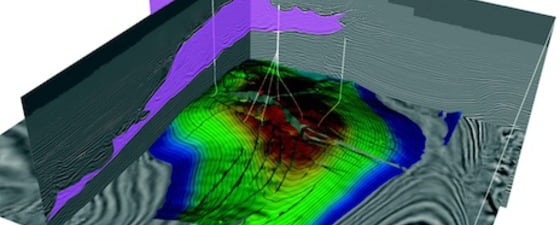Repeatedly finding itself in the not-so-coveted category of the top five least liveable cities in the world, according to the Economist Intelligence Unit, Port Moresby has not made a good name for itself. The capital of Papua New Guinea, it has become infamous for robbery, rape and murder, with low stability, poor health care and lack of infrastructure. ‘Raskol’ gangs control vast areas, and the murder rate is, according to the UK Home Office, three times that of Moscow, and 23 times that of London. Yet despite this ominous overview, there is much more to Port Moresby than statistics and gang culture.
Colorful History
 Ela Beach, Port Moresby’s most popular public beach, is the venue for the annual Hiri-Moale Festival. Source: Phil MagorPort Moresby lies on the south-eastern coast of the Papuan Peninsula of New Guinea, separated from the northern parts of the island by a cordillera which runs the length of the New Guinea Mainland. The country is made up of the mainland and around 600 offshore islands, and is home to about 5.1 million people. With over 800 languages spoken, Papua New Guinea has a rich and diverse culture, with Port Moresby at the center of its colorful history.
Ela Beach, Port Moresby’s most popular public beach, is the venue for the annual Hiri-Moale Festival. Source: Phil MagorPort Moresby lies on the south-eastern coast of the Papuan Peninsula of New Guinea, separated from the northern parts of the island by a cordillera which runs the length of the New Guinea Mainland. The country is made up of the mainland and around 600 offshore islands, and is home to about 5.1 million people. With over 800 languages spoken, Papua New Guinea has a rich and diverse culture, with Port Moresby at the center of its colorful history.
The native people of Port Moresby, the Motu and the Kiotabu, were sea-going people, who lived in houses built on stilts in the harbor. The men sailed across to the Gulf of Papua in what was called the Hiri voyages, trading Motu cooking pots with the Erama (Gulf) people in exchange for sago, a major staple food in New Guinea. The expeditions were huge and highly dangerous; up to 20 canoes, holding around 600 men and laden with 20,000 clay pots, would brave the treacherous journey to bring back food for their families. These voyages are still commemorated today in what is called the Hiri-Moale festival.
Port Moresby first came to Europe’s notice in 1873, when Captain John Moresby sailed into the deep harbor, named
the area after his family and claimed it for Britain. It continued under British rule until 1906, when British New Guinea was passed to the Commonwealth of Australia.
Port Moresby played an important part in battles during WWII. Its position on the south-eastern coast made it a prime objective for the Imperial Japanese forces, as a staging point and air base to cut off Australia from South East Asia and the Americas. Despite air raids and attempts at invasion, the Japanese ultimately did not succeed, and in 1945, Port Moresby became the capital of the newly combined Australian territories of Papua and New Guinea. In 1975 Papua New Guinea claimed independence, choosing Port Moresby as the capital of the new state. The population of the Port Moresby area expanded rapidly after independence. In 1980 the census registered 120,000; by 1990, this had increased to 195,000 and it now reaches over 300,000.
Major LNG Project
In recent years, Port Moresby has come to play an important role in LNG export. A new project was set up in the city, championed by ExxonMobil, after three large gas discoveries, Hides, Angore and Juha, were found in the southern and western highlands of the country, with reserves approaching 4 Tcf. A two-train LNG facility is being constructed at Napa Napa, near Port Moresby, with cargoes due to start in 2014, and the PNG LNG project is expected to produce 9 Tcfg during its 30-year life span. The project claims to have the potential to transform the economy of Papua New Guinea, boosting GDP and export earnings and providing a major increase in government revenue, as well as creating employment opportunities during construction and operation. Only time will tell what impact these developments will have on the world’s ‘least liveable’ city.





